Word count: 0 Step count: 11,370
Our Dresden hotel, the Hotel Privat (AKA Das Hotel Nichtrauscher AKA The Non-Smoking Hotel) is lovely in every way except that it is a little further away from the city center than our previous hotels — a bit of a hike to the nearest tram stop, and that tram doesn’t connect directly to much of anything. But it has the best breakfast spread we’ve seen yet, including American-style bacon, 2 kinds of scrambled eggs, 3 kinds of sausage, lox, chocolate quark (yummy), and Hildegard von Bingen’s Dinkel-Habermus (hot spelt cereal) with a selection of toppings including flax seed, chestnut meal, and “bertram” (Anacyclus pyrethrum, AKA pellitory, Spanish chamomile, or Mount Atlas daisy — didn’t taste like much but it’s supposed to be good for you). Google Translate insists that Dinkel means “spelled” and had no idea what “bertram” was — it took quite a bit of web research to track that one down.
Perhaps because of our slightly-away-from-downtown location, perhaps because Dresden was bombed to bits in 1945 and remained in the loving lack-of-care of the Communists for over 40 years therafter, we’ve been seeing a lot more ratty-looking buildings here than elsewhere. I’ve been noticing that a particular feature of our neighborhood is the obviously-closed-for-many-years kiosk (you know, the kind that sells newspapers, cigarettes, and candy), which I suppose is an economic niche that just collapsed some time ago. On the other hand, there is tons of new construction and renovation going on.
Just about everything here, no matter how old it looks, was completely flattened in 1945 and rebuilt afterwards (in some cases quite recently). Dresden raises interesting questions of “what is ‘real,’ anyway?” and “if they could rebuild the Frauenkirche in four years, why did it take 50 years to finish the National Cathedral in Washington DC?” (I think the answer to the latter question may be “because they didn’t have to spend any time arguing about the design.”)
Our first stop today was the Residenz (the big castle complex of the princes of Saxony) and its famous Green Vault. We hadn’t known a lot about it going in, but everything we read assured us it was not to be missed, and the fact that the only admission was via timed tickets was confirmation of that. So we showed up a half-hour before the ticket booth opened, and waited as the mob of people awaiting tickets grew and grew. Because of our position at the head of the mob we got tickets to the first admission at 10:00.
Oh. My. Freaking. Gawd. What an amazing collection of Stuff. The Green Vault is the treasury of the Electors of Saxony, especially Augustus the Strong, who collected the absolute best and most valuable items from all over Europe for a couple hundred years. Highlights included an entire room of carved ivory objects (concentric spheres, chains, delicate twining columns, etc.), dozens of objects carved from rock crystal as fine and smooth and clear as blown glass, a pair of drinking vessels depicting the celestial and terrestrial globes that moved across the dining table under their own power (clockwork?), a huge allegorial bas-relief made entirely of semiprecious stones, cups and ewers assembled from translucent amber slices, sculptures of gold and silver built around ostrich eggs and nautilus shells, delightful miniature court scenes, and a room with millions of dollars in gems including a unique green diamond the size of a walnut. All of it definitely over the top, but most of it in something resembling good taste.
The treasury rooms themselves, the Historical Green Vault, are beautiful and valuable, and that’s the part of the exhibit that requires timed tickets (and no coats or bags, and passage through a double-doored airlock). After seeing all that, we stopped for lunch at the nearby Paulaner bierstube, offering Munich cuisine (weisswurst and schweinshaxen), then returned to see the rest of the Residenz. We saw the New Green Vault, which has fewer objects than the Historical but arranged in a modern museum-style display so you can see all sides of them, the Gallery of the Electors with portraits and busts of the princes of Saxony going back two hundred years, and the Turkish Room with armor and tents either looted from the Turks or designed to look like it.
The Residenz has an excellent collection and informative signage on the exhibits, crap directional signage, and no maps at all, either on paper or on the wall. This led to a long, frustrating search for the Fuerstenzug, a thing we had been told we really should see but which wasn’t on any of the signs and for which we got varying and confusing directions from various museum employees. Turned out it wasn’t part of the museum at all, but was outdoors on a long wall a couple blocks away. It was a gigantic (maybe one and a half football fields long) tile mural depicting a mounted procession of the Electors of Saxony, beginning in the 1500s and going up to about 1880, each in characteristic costume for their era and with a collection of hangers-on. I’m afraid it reminded me more than anything else of the opening sequence of “Peabody’s Improbable History,” but it was definitely worth the trip.
There was more to the Residenz, but by then we were pretty fed up with the difficulty of finding things within it, so we hit the bookstore and then headed off to Dresden’s Technical Museum. This museum, housed in a former camera factory, is mostly focused on the history of photographic, sound, and computer technology, especially those bits of it manufactured in Dresden. The photography and sound exhibits are nicely laid out and labeled (all in German), but the computer section was basically just a large room with hundreds of typewriters, calculators, and computers in roughly chronological order (nonetheless, I think I liked that part best). Okay, now I believe we’re in former East Germany. Almost all of the gadgets on display were from brands I’ve never heard of, some of them looking distinctly Soviet.
One of the coolest bits was the typewriter display, which included the Mercedes Addelektra, an electric-powered wide-carriage machine having a large receiver spool behind the device (obviously it was designed to type on a continuous roll), a separate numeric keyboard below the main one, and a bunch of little movable odometers ranged along the top of the keyboard. It looks to me as though you could set it up to automatically total the values you typed in each column. Kind of a primitive mechanical version of Excel. Another, extremely old, typewriter typed on the back of the paper, so you wouldn’t know what you’d typed until you were done with the page. In a recent episode of The Amazing Race, the racers had to transcribe some text on a manual typewriter, and part of the challenge was figuring out to type a lowercase L for the numeral 1. We laughed at Those Kids Today, but I must confess that some of those old machines would be just as daunting to me.
The museum also included a large display of computers from the Robotron company (it’s still in business), and the name made me snort every time I saw it. “In your struggle to save humanity, be careful to avoid electrodes in your path!” And at the top of the building, for some reason, was a six-story observation tower with a very cool spiral staircase and a view of the museum’s residential/industrial neighborhood.
We had a bit of a snack at the museum cafe, then headed back to our hotel for a nap, but we decided to stop for dinner at the place we changed trams. It was a hip, happenin’ neighborhood of mostly fast food and bars… there must be a university nearby. We wound up at Reise-Kneipe, a “travelers’ bar” with an international menu, where I had a “fruity cashew-lentil curry” and Kate an assortment of “international tapas,” both very nice. The only downside was that they left the door open; it’s been a chill, gray day, though at least the threatened rain never fell.
After dinner we walked to the nearby train station (the closest one to our hotel) in search of information about tomorrow’s train. We determined that this station does not have any trains to Berlin except very early in the morning, but we were able to buy tickets from the machine for a train tomorrow at a convenient time from the main train station. After that we went back to the hotel and fell over. Tomorrow, Berlin!
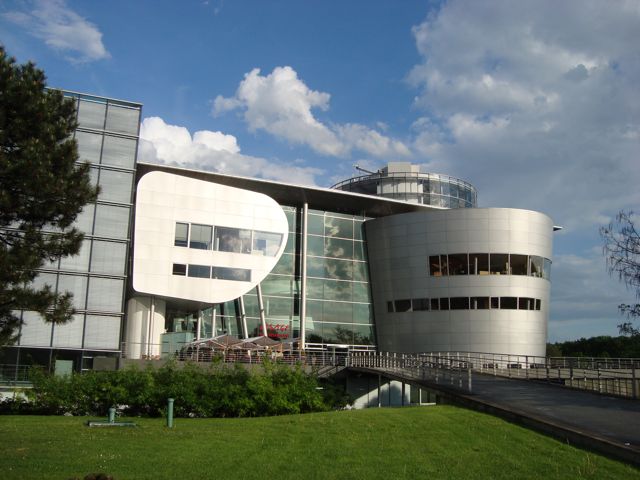
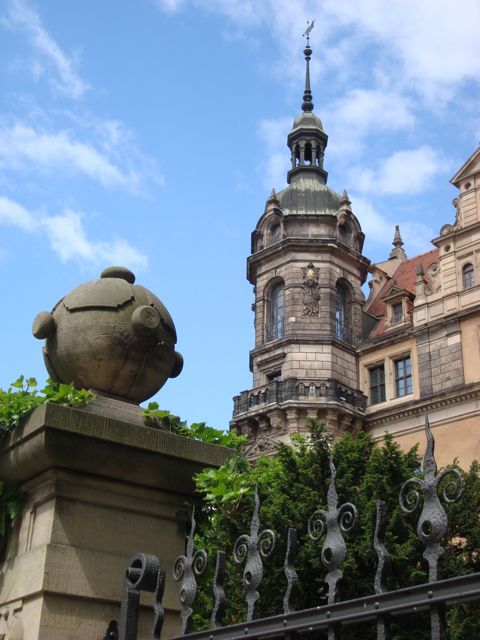
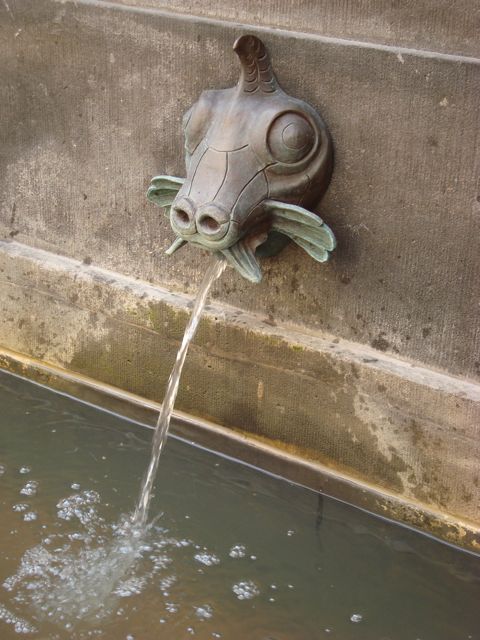
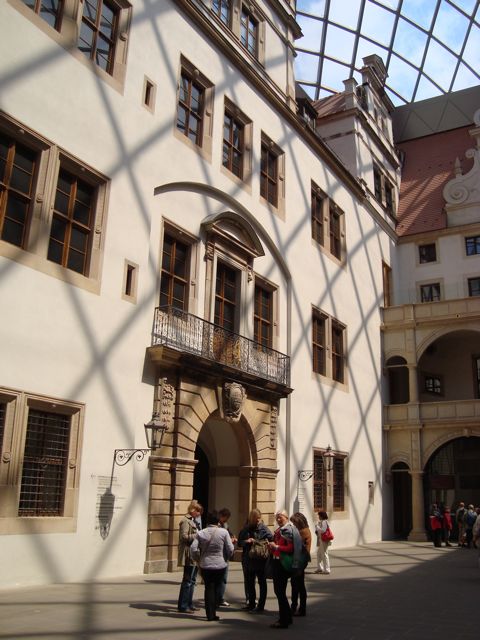
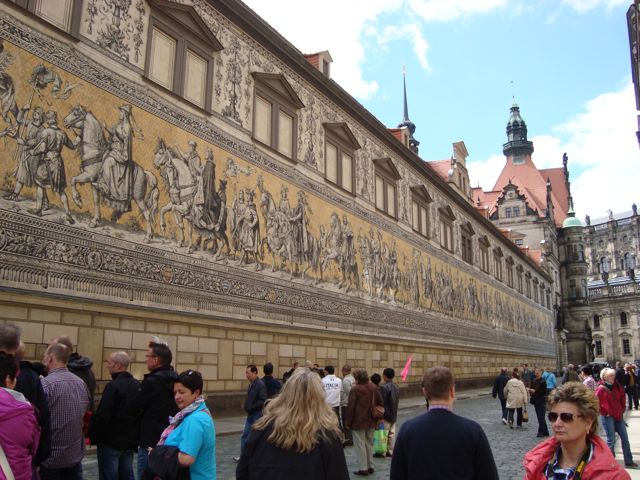
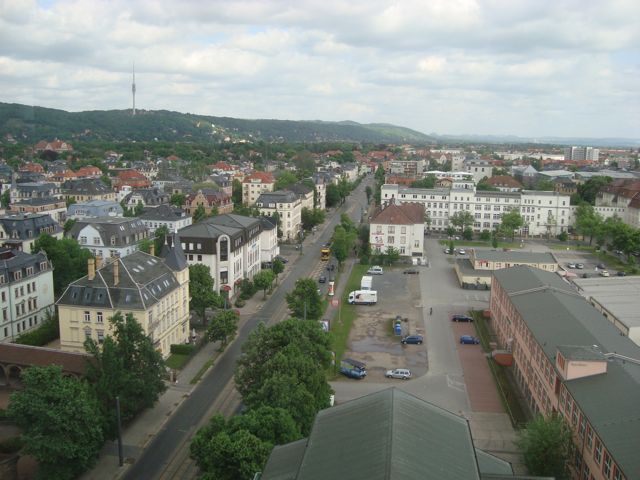
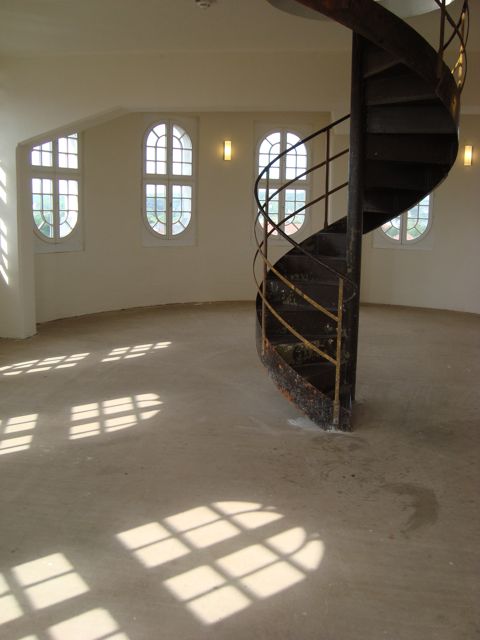
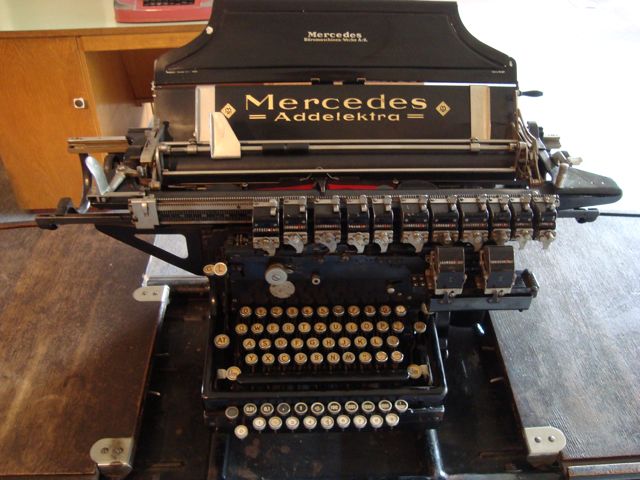
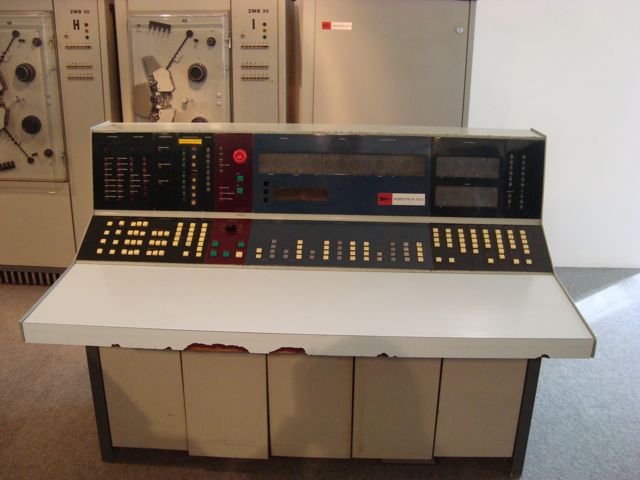
Recent Comments